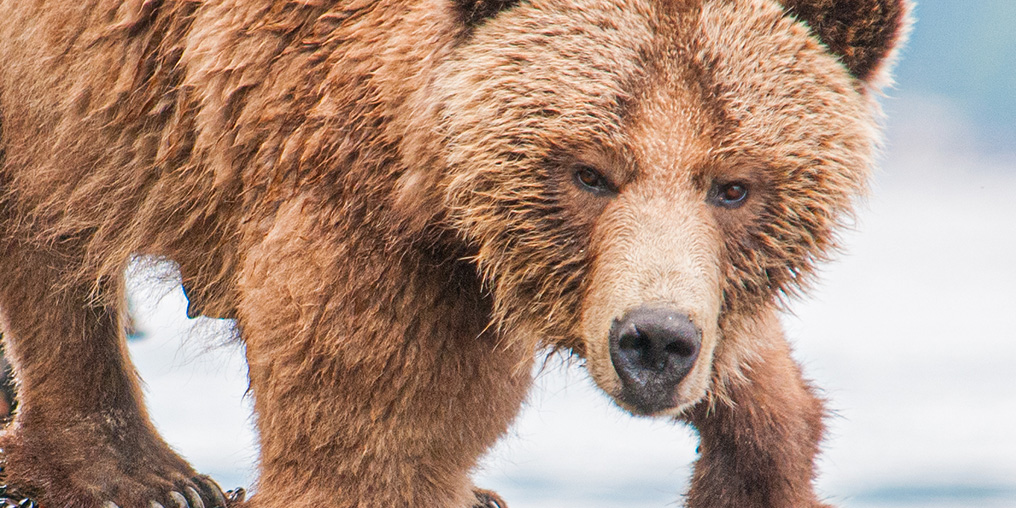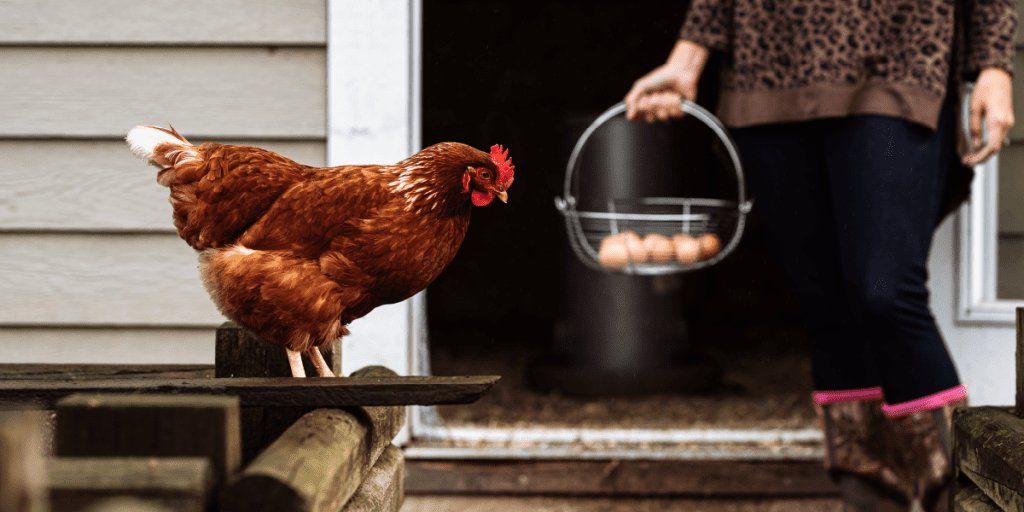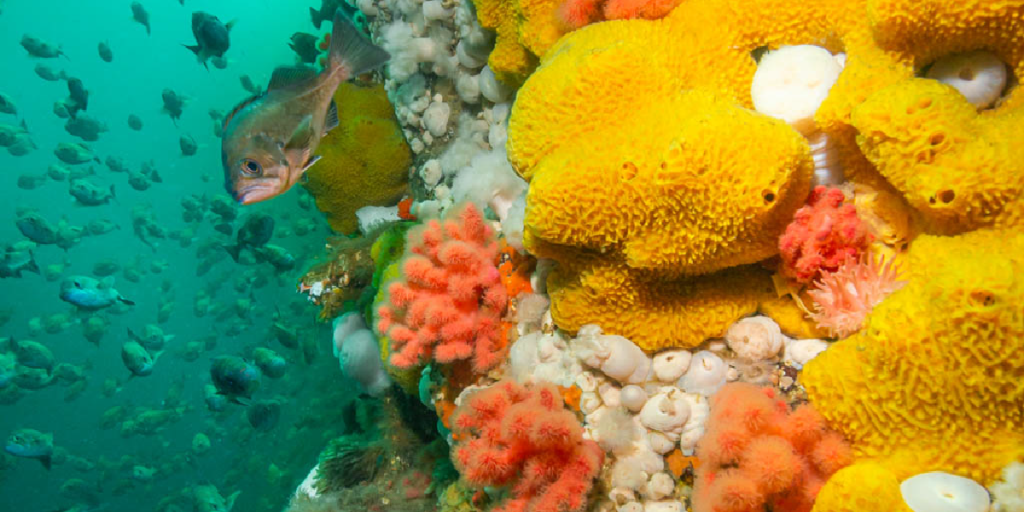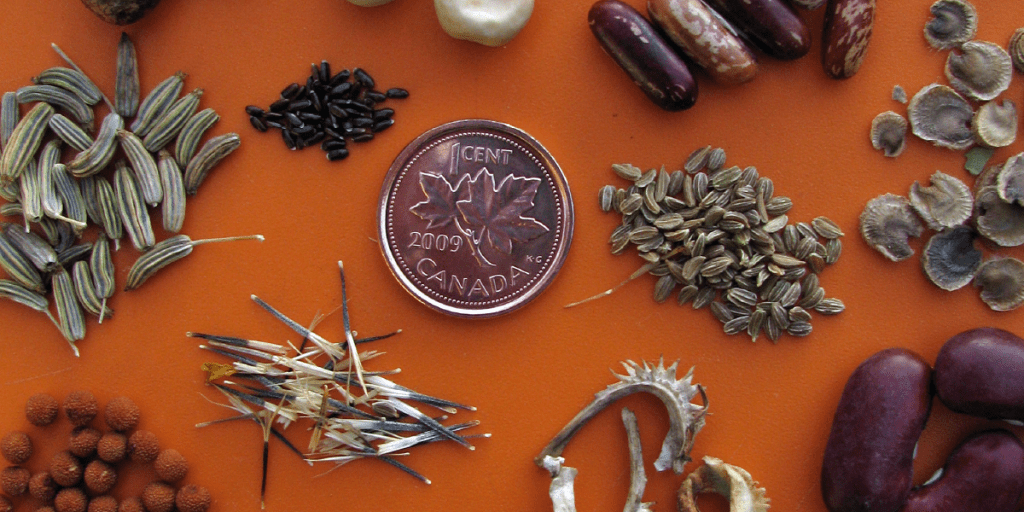Vancouver Island has remote valleys, salmon streams, and mountainsides that, in summer, are ripe with plump huckleberries and blueberries. On paper it’s the kind of habitat grizzly bears love. Why British Columbia’s apex predator, Ursus arctos horribilis, never got established here, alongside its black bear kin, is an interesting exercise in wildlife ecology speculation.
Though they might not be permanent residents, grizzlies are proving to be frequent, curious visitors. Two springs ago, Scott Torry was driving back to the Comox Valley from a work trip on the north Island. Near the Rock Bay Road junction, he and his colleague spotted a bear with the telltale silver-tinged hump on its shoulders, looking as at home foraging alongside Highway 19 as it would be digging for spring bulbs in a lush Mainland coastal valley. Torry’s cell phone video of the sighting doesn’t lie—it was a grizzly—and the colourful commentary highlights his surprise. That same year, in early June, Quadra Island winemakers Ben and Jill McGuffie chased a grizzly off their property, but not before losing one of their goats to the bear. Rumours of a visiting grizzly had been circulating around Quadra for a few weeks prior and the couple’s close encounter was proof.
Some people have pegged the number of grizzlies on Vancouver Island and adjacent islands to be as high as a dozen at any given time. However, “the truth is we don’t know,” says Mike Newton, a sergeant with BC’s Conservation Officer Service based in Black Creek. “We do track the calls we get, however they are only a part of the story as I’m sure many sightings go unreported to us,” Newton shares. “When the odd bear does swim over, it generates a lot of calls, so it’s tough to separate calls versus individual bears sometimes.”
Grizzlies don’t all behave the same way. They’re individuals. Some are indifferent to humans and don’t mind hanging around being photographed, while others are shy and mostly nocturnal. Consequently, getting a firm grip on numbers is challenging.
So far all grizzlies identified on Vancouver Island have been young males, typically juveniles. They get here by island-hopping across the Broughton Archipelago to the North Island or across the Discovery Islands, which accounts for the occasional occurrence of grizzlies on Quadra Island. Though strong swimmers, grizzlies rarely stray far from shore. That makes their Vancouver Island forays particularly intriguing. One theory is that mature males, or boars, may be chasing younger males out of coastal valleys. Another is that recovering grizzly populations on the mainland are prompting randy young males to venture further afield—and across Johnstone Strait—in search of food and mates.
According to Ministry of Forests biologists, “there have been no confirmed observations of grizzly bears denning on Vancouver Island.” Neither have there been any females spotted or identified; an obvious prerequisite for a grizzly population to seed itself on this side of the Salish Sea.
Grizzlies sit proudly atop the food chain, and are what biologists refer to as charismatic megafauna. People have a healthy fear but also a deep respect for these magnificent animals. Some mature males can weigh up to 500 kilograms and range across rugged territories spanning 2000 square kilometres. Listed federally as a species of Special Concern and provincially as Vulnerable Uncertain, an estimated 25,000 grizzlies live in Canada, half of them in BC. They are a keystone indicator species—if grizzlies are healthy, then so are myriad other species, from salmon to huckleberries. These omnivores can eat an estimated 200,000 huckleberries in a single day, disseminating berry seeds as they poop their way across the landscape. In late summer and fall, one grizzly can crush a daily diet of more than 40 salmon helping to fertilize the riparian ecosystem with fish carcasses left behind on the forest floor.
However, their wide ranging habitat also makes them highly vulnerable to industrial logging, commercial recreation, oil and gas development, and any other human activity that fragments wild habitat. In 2017, the provincial government banned the grizzly bear hunt, putting an end to this publicly unpopular trophy hunt. Five years after the permanent ban, grizzly populations have shown signs of recovery in places like the Central Coast and Sea-to-Sky region between Vancouver and Pemberton. Though it may be too early to draw a causal link between this and more grizzlies heading to Vancouver Island, Nicholas Scapillati, executive director of the Grizzly Bear Foundation, believes it’s a subject worth studying.
“It’s a fascinating question why grizzlies haven’t colonized the island. There are mountains and there’s salmon,” Scapillati says. “It’s a great grizzly habitat.”
It also makes for a fascinating “what if?” thought experiment. Imagine how life on Vancouver Island would change if a grizzly population took root here. Add grizzlies to the equation and the entire predator-prey matrix would be altered in obvious and less obvious ways. For example, grizzlies would quickly join the range of creatures that gather for the bountiful feast—among them fly fishers—on the Puntledge, Campbell and other Island rivers that turn red with spawning salmon. Or the future of the endangered Vancouver Island marmot might be more uncertain (Columbian ground squirrels, part of the marmot tribe, are a favourite summertime snack of interior grizzlies).
For now, it seems like a remote possibility. But all it would take is one fertile female with an adventurous streak to take the plunge and swim to the Island. Males would be sure to follow, and then, things could get very interesting.





